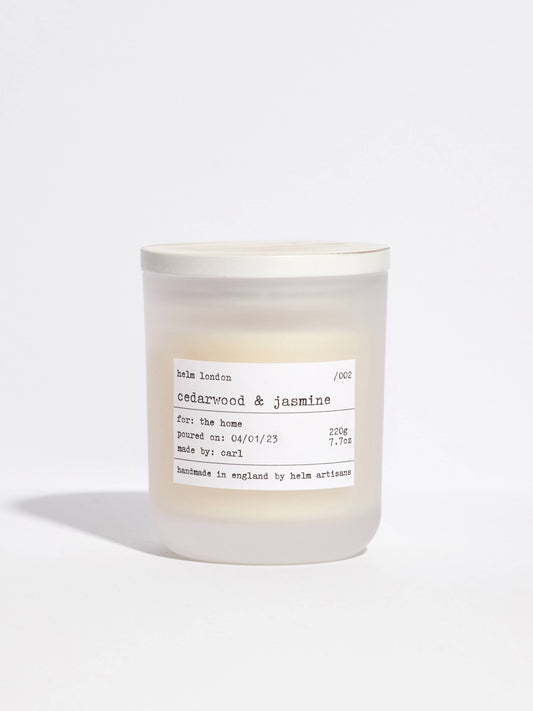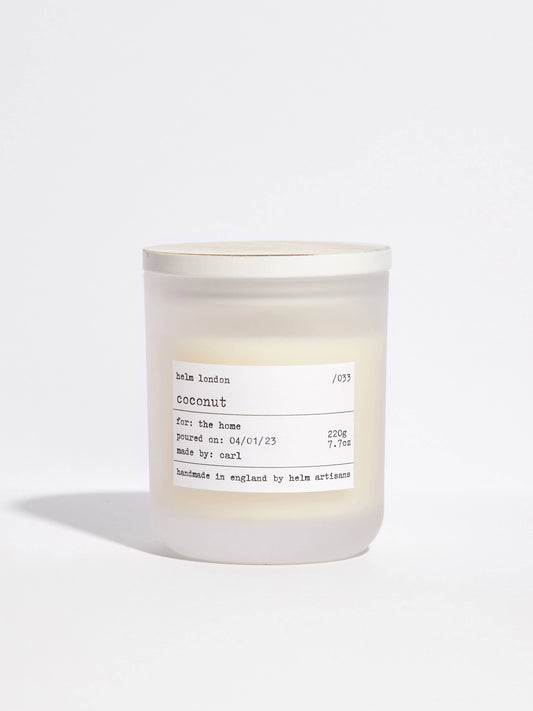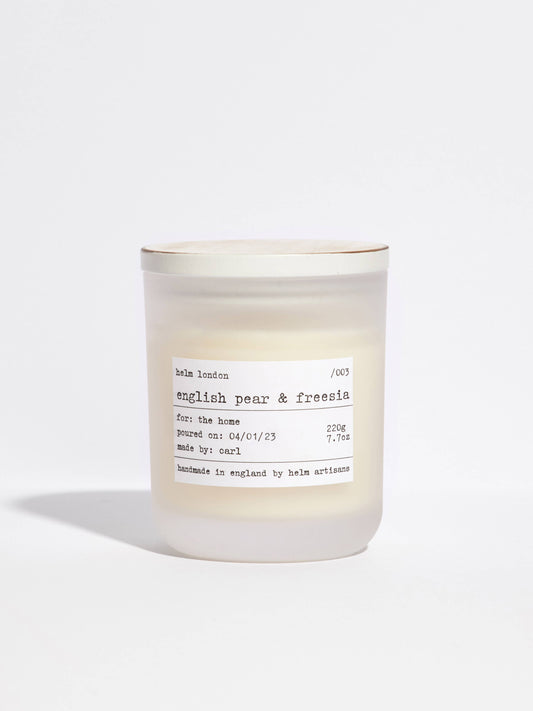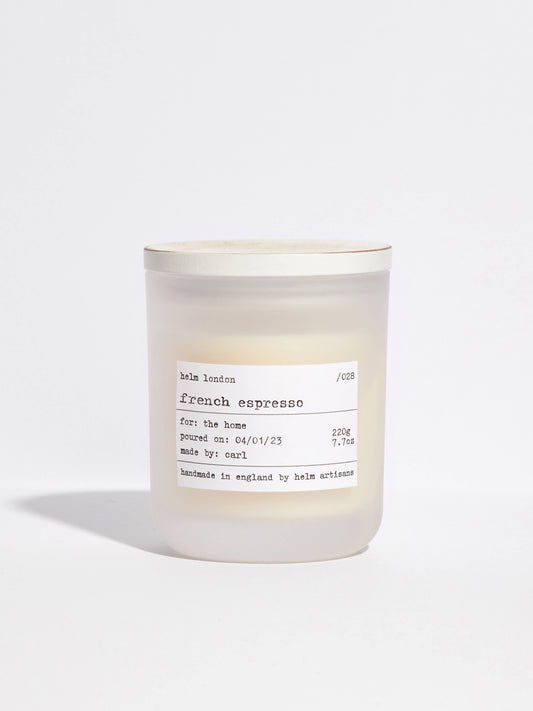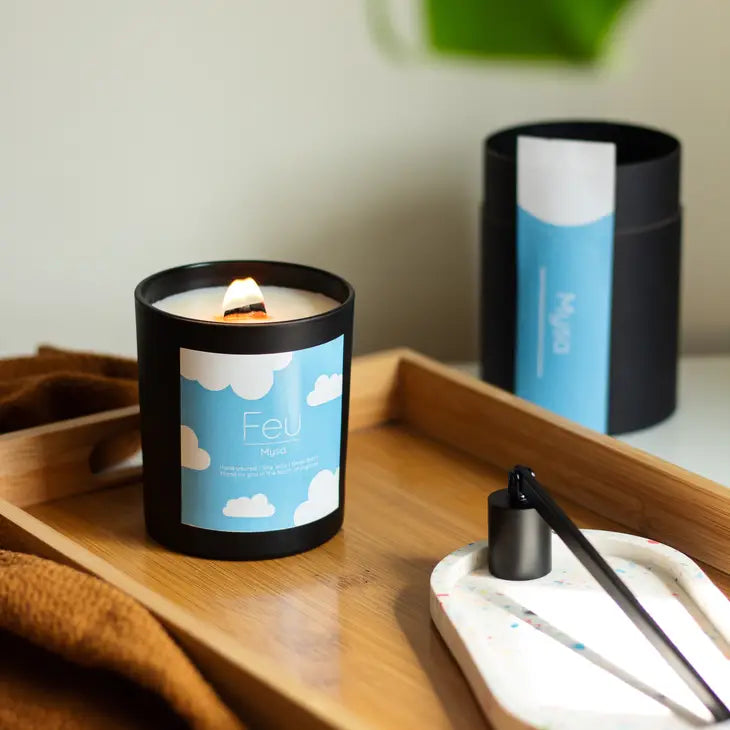Soy wax candles have become increasingly popular in recent years, touted as a more natural and eco-friendly alternative to traditional paraffin wax candles. Derived from soybean oil, these candles offer a range of benefits and drawbacks that are important to consider when deciding whether to incorporate them into your lifestyle. In this blog post, we'll explore the pros and cons of soy wax candles to help you make an informed choice.
Pros:
1. Environmentally Friendly: Soy wax is a renewable resource, as soybeans are readily available and easy to cultivate. This makes soy wax candles a more sustainable choice compared to paraffin candles, which are derived from non-renewable petroleum.
2. Cleaner Burning: Soy wax candles produce fewer toxins and pollutants when burned, leading to improved indoor air quality. This is particularly beneficial for individuals with sensitivities or respiratory issues.
3. Biodegradable and Non-Toxic: Soy wax is biodegradable, meaning it breaks down naturally and doesn't contribute to environmental pollution. Additionally, soy wax candles are typically free from the harmful chemicals often found in paraffin candles, such as benzene and toluene.
4. Longer Burn Time: Soy wax candles tend to burn slower and last longer than paraffin candles of the same size. This means you'll get more hours of enjoyment from a single candle, making them a cost-effective choice in the long run.
5. Easy Cleanup: Spills and drips from soy wax are easy to clean up with just soap and water, unlike paraffin wax which can leave behind stubborn stains.
Cons:
1. Fragrance Throw: While soy wax can hold fragrances, it might not always have the same strong scent throw as paraffin candles. This can be a downside for those who prefer highly aromatic candles.
2. Texture and Appearance: Soy wax candles have a slightly different texture and appearance compared to paraffin candles. They might have a more rustic or natural look, which might not suit all décor styles.
3. Price Point: Soy wax candles are often priced higher than paraffin candles due to the cost of soybean oil and the production process. This could be a deterrent for budget-conscious shoppers.
4. Slight Variability: The quality of soy wax can vary depending on the manufacturer and the soybean oil used. This can lead to inconsistencies in burn time, scent throw, and overall candle performance.
5. Sensitive to Temperature: Soy wax has a lower melting point than paraffin wax, which means it can be sensitive to temperature changes. This might result in slight melting or warping in hot conditions.
In conclusion, soy wax candles offer a range of benefits such as being environmentally friendly, cleaner burning, and biodegradable. However, they also come with drawbacks including variations in fragrance throw, texture, and a higher price point. Your decision to choose soy wax candles should align with your personal preferences and values, whether that's supporting sustainable practices or prioritizing strong fragrance in your candles. As with any purchase, it's important to weigh the pros and cons to make the choice that's best for you and your home.





